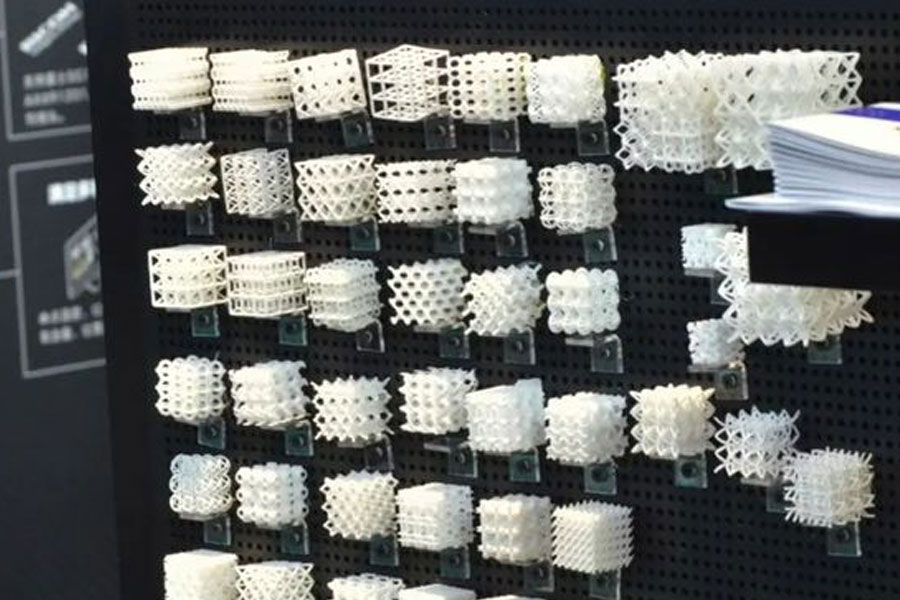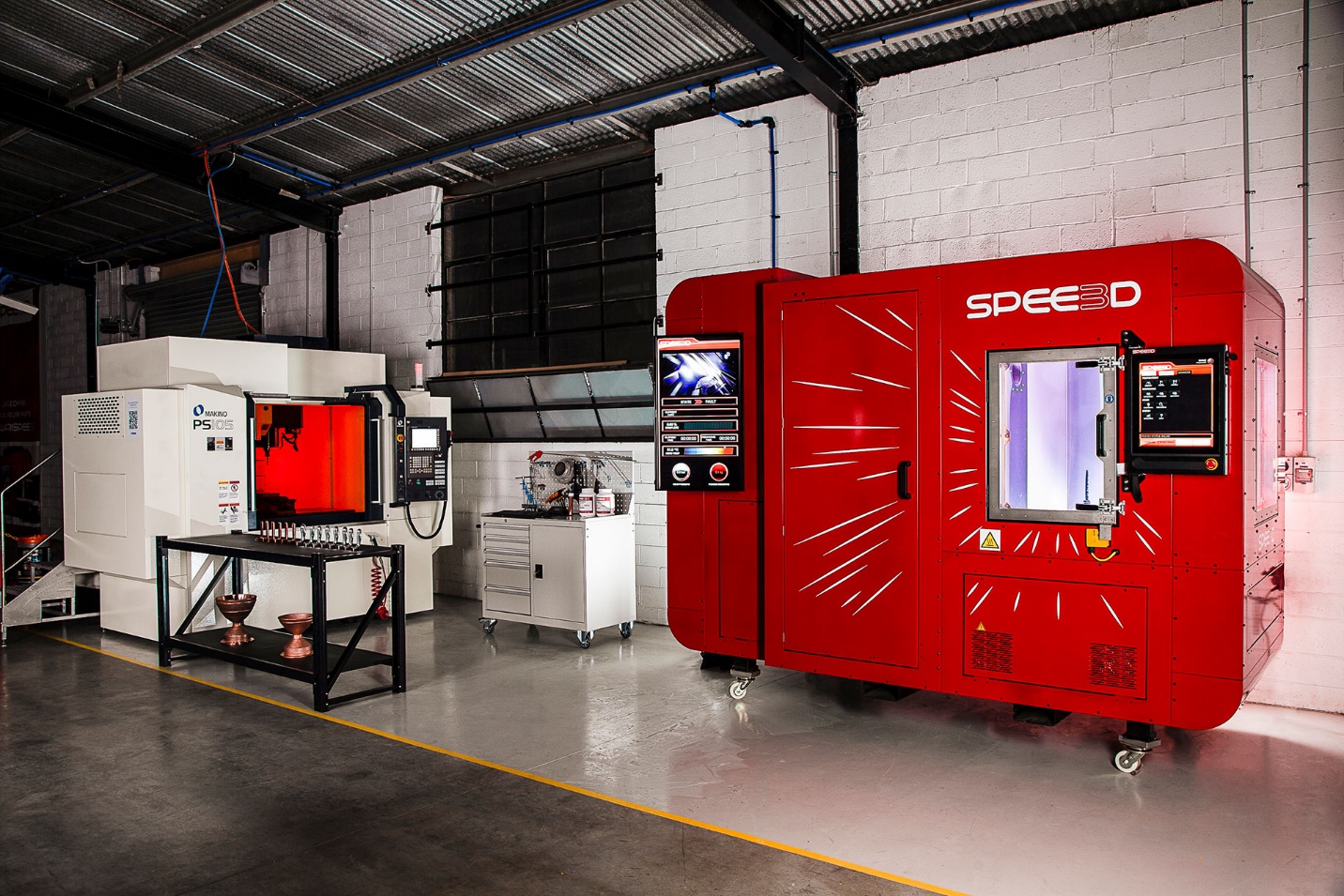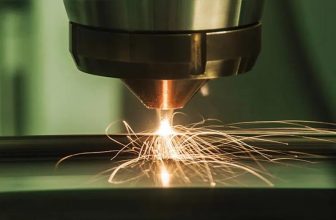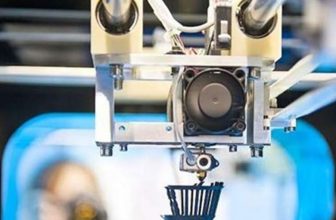
If you are interested in additive manufacturing, you will most likely encounter the word DFAM, which in Chinese means “designed for additive manufacturing”, what does this word mean, and how it affects all use of additive manufacturing technology People? Our first contact with this term also originated from a book.
At present, the popularity of 3D printers in the manufacturing industry has been around 10 years. Although this technology appeared very early, it was mainly used in very professional workflows or for scientific research. It wasn’t until the last 10 years or so that this technology began to become civilians, and we really saw the use of additive manufacturing technology in the manufacturing industry and began to consider how to use it to manufacture new products.
If we compare additive manufacturing with other manufacturing processes, for example, look at the development history of injection molding, the products manufactured using this technology in the first few years are not as good as they are now, because we still need to learn how to maximize This technology. Now, we are going through the same enlightenment stage of additive manufacturing, learning how to optimize this technology.

△SPEE3D 3D printer
Although 3D printing has been in the hands of designers and engineers for more than 10 years, it is mainly used for prototyping, testing or manufacturing copies of products intended for mass production, as well as some experimental mass customization. We are only now seriously considering how to apply additive manufacturing to the final product and get it into the hands of consumers.
Now we have seen some emerging cases, such as additive manufacturing to help the aerospace and automotive fields break through new performance indicators, but these examples are still specialized. These real-world examples are a very exciting window, but they are not necessarily suitable for more general purposes.
Therefore, we need to understand some of the core principles of DFAM and how to accept these principles in order to make better use of technology. At the beginning of product design and manufacturing, many factors such as design, additive process, additive product certification method, additive manufacturing production mode and capacity are considered at the same time, namely design for additive manufacturing (DfAM, abbreviated as additive design).

△SRAM 3D printed crank arm
1. Embrace the limitations of 3D printing technology
The statement that a 3D printer can “make any geometric shape imaginable” is wrong. Although 3D printing technology is very close to this point, the reality is that every manufacturing process has its limitations, whether it is undercutting in three-axis machining, draft angle in injection molding, or in the case of additive manufacturing , How each specific technology is optimized for different things.
Need to optimize for speed? Maybe you need to use FFF or SLS process. Need more details? SLA is a better choice. But this is only a superficial phenomenon, if you have ever done DFAM work, you will know what is going on: you need to optimize the geometry for the manufacturing process at hand. Not only to make it work stably and balance form, function and cost, but to allow you to maximize the role that the manufacturing technology provides for you.
2. Consider the entire system, not just products or parts
In the context of manufacturing, how we think about additive manufacturing is also very important. In a lot of publicity, people will be misled into thinking that it can completely replace all the traps of other manufacturing processes. But in fact, most products today are still manufactured using a mixture of subtractive materials, casting or injection molding. Rapid prototyping technology allows us to rethink how the parts of the previous mechanical problems are made and begin to integrate them. What if you could combine the heat exchanger with your exhaust system to make the vehicle lighter, while also improving performance by lowering the overall temperature of the vehicle so that you can push it harder?
3. Considering technical factors when designing
When designing any product, how to manufacture is a problem that needs to be considered at an early stage, which helps guide the direction of the entire product. Regardless of whether a product is disassembled into something like a PCB+shell, or is more mechanized, the manufacturing method of this thing guides the form and function to some extent. This principle has not been widely used in additive manufacturing technology, partly because of the mistaken belief that additive manufacturing technology can produce any geometric shape. Considering issues such as the location of the support material, the volume of the part, the overhang angle, and geometric considerations are all part of ensuring that you can maximize the use of additive manufacturing.
4. Consider the position of additive manufacturing in other manufacturing industries
The most exciting thing about DFAM is that it is not a static process. You can use a 3D printer to make thousands of disposable products, or thousands of one thing. This flexibility makes it an amazing partner for all other manufacturing processes, and when they are combined, you can start to see the huge benefits of your design. Whether it is simply using additive manufacturing to produce soft jaws, manufacturing parts on your CNC, or using a mixture of multiple manufacturing processes to complete a project, when you consider how additive manufacturing can amplify your other manufacturing techniques , You can release more innovation.
Link:What Is DFAM





